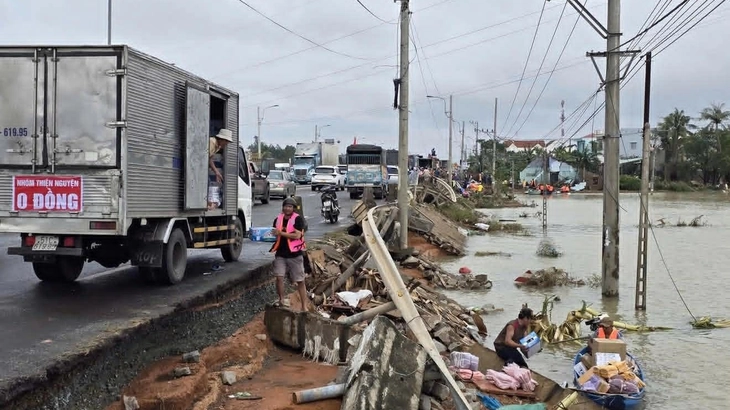
Relief convoys to flood-hit areas in Phu Yen (old) - Photo: MINH HOA
In recent days, rising floodwaters in the South Central provinces have caused many people to grieve. In such circumstances, in addition to essential necessities, proper medical knowledge is also an important "lifebuoy", helping people to limit risks and preserve their health during and after the flood.
Survival skills
Doctor Duong Minh Tuan, Department of Endocrinology - Diabetes, Bach Mai Hospital, emphasized that the top priority during times of rising water is to keep lives safe and absolutely avoid the risk of drowning.
During and after floods, keeping your body warm is one of the extremely important things to do to avoid colds and pneumonia.
To escape the flood, people should change into dry clothes as soon as they find a safe shelter, keep their heads, chests and feet warm with towels and clean plastic bags wrapped around their socks to reduce the cold. Children should not lie directly on the wet floor, but should be placed on a high place, with a mat or dry blanket to limit cold.
Another important recommendation is to maintain medication for people with chronic diseases. According to Dr. Tuan, in the flood, if only a few days of "stopping medication", people with high blood pressure, diabetes, asthma or COPD can quickly fall into dangerous conditions such as stroke, hyperglycemia or acute asthma.
Therefore, every family with a sick person should prepare a separate medicine bag, waterproof it and place it in a high place, easy to reach when fleeing the flood. If you do not have time to bring medicine or do not have medicine when fleeing the flood, you must take the medicine again immediately when escaping the flood.
Doctor Tuan warned that when the water recedes, mud, bacteria and insects multiply rapidly, causing three common groups of diseases: intestinal diseases, skin - eye - ear diseases, and dengue fever.
Intestinal diseases include diarrhea, stomachache, and vomiting. The cause is that the water has receded, but well water, pond water, and domestic water may still be dirty.
People should drink boiled water, not flood water or untreated turbid water. Eat cooked food, eat immediately, do not reheat it many times. Do not eat swollen canned food, wet, moldy, smelly food. If you have frequent diarrhea, fever, vomiting, thirst, fatigue, go to a health station or hospital immediately, do not take antibiotics on your own.
With skin diseases, sore eyes, ear infections after floods, the skin and eyes are easily contaminated, hands and feet soaked in dirty water for a long time can easily crack, ulcerate, get infected, and get fungus; eyes can easily become red, itchy, and sore. Children are susceptible to ear infections due to dirty water getting into their ears.
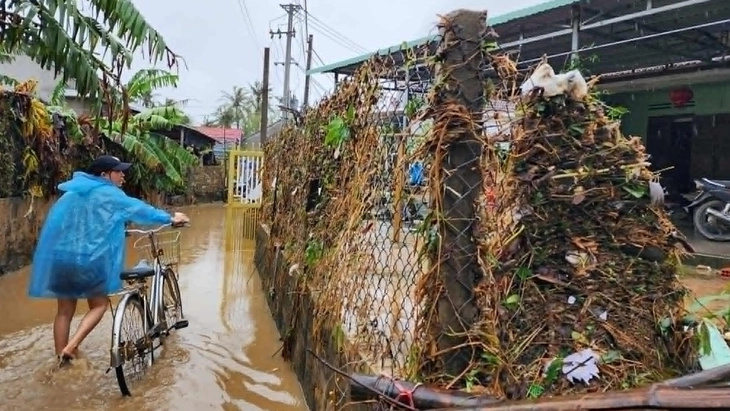
Tuy An Dong Commune, Dak Lak (formerly Phu Yen) devastated after historic flood - Photo: TRAN MAI
6 principles of survival in floods
To stay safe in flood areas, people need to follow 6 survival principles based on practical experience and recommendations from the Ministry of Health .
1. Personal safety: When the water rises, do not go through deep or fast-flowing water. Floodwaters can sweep people and things away. If you have to move, you must wear a life jacket or use a floating object as a buoy, and hold a long stick to find your way. Absolutely avoid touching submerged electric wires or sharp objects in the mud. Wear sturdy shoes to avoid cuts and infections.
2. Drinking water: This is vital. Do not drink flood water directly. Use bottled water or water disinfected with Aquatabs. When possible, boil water before drinking to prevent diarrhea, cholera, and dysentery.
3. Food: In the early stages, when the stove and firewood cannot be used, prioritize foods that can be eaten immediately and do not need to be cooked, such as bread, biscuits, energy cakes, canned fish, and canned milk. When the water recedes and can be cooked, add rice, noodles, vermicelli, beans, and canned soups. Avoid fresh or easily spoiled foods because the risk of poisoning is very high.
4. Personal and environmental hygiene: Wash hands with soap or antiseptic solution regularly. Open wounds must be disinfected with povidone-iodine or chlorhexidine. Clean mud, disinfect houses and walkways with chloramine B to prevent skin and intestinal diseases.
5. Stay informed and prepared: Listen to government announcements about flood conditions, shelters, and relief points. Prepare flashlights, spare batteries, and a fully charged phone for communication.
6. Stay healthy and protect your loved ones: Eat enough energy, drink clean water, rest when possible. Avoid wading for long periods if you have open wounds. Supervise children, the elderly and the weak, do not let them travel alone.
Following these principles will help people stay safe, reduce the risk of accidents and diseases, and recover faster after floods. These seemingly simple steps can actually determine survival in the harshest days.
What to note when sending gifts to flood victims?
- Clothing: new or used but in good condition; washed and dried; classified as male/female/children and clearly marked on the outside of the box or bag.
- Essential necessities: still within expiry date, intact packaging such as instant noodles, canned food, rice, drinking water, milk, cooking oil, salt, sugar, blankets, raincoats, flashlights, rechargeable batteries...
- Encourage support for temporary living items after the flood: slippers, socks, towels, soap, laundry detergent, environmental cleaning solutions, masks, oil, and some common medicines according to the instructions of the health sector.
(Source: Vietnam Fatherland Front Committee of Ho Chi Minh City)
Flood relief, what food should be chosen?
The first days of the flood are always the most difficult. Houses are flooded, coal stoves are submerged, firewood is wet, electricity is out, and people cannot cook at all.
The necessary relief is food that can be eaten immediately, does not need hot water, does not need processing, and does not spoil in humid environments. We should choose food groups that can be eaten immediately such as packaged bread, nutritional biscuits, energy cakes, roasted nuts... because they are compact, easy to share, and have enough energy for both adults and children.
Canned meats such as canned fish and canned meat are important sources of protein that do not require cooking, just open the lid and eat immediately. Another food group that is very necessary is sterilized canned milk for children and the elderly in times of shortage.
In addition to food, giving people bottled water is very important, as well water and tap water are often contaminated after floods.
Second, when the water recedes, the needs of people in flooded areas change from temporary food to food that is nutritious, safe, and can be cooked for themselves again. Therefore, relief teams should prioritize practical, easy-to-preserve, and suitable items.
Food items to donate: rice, instant noodles, canned food, vermicelli, dried rice noodles, dried pasta, dried pho noodles, beans of all kinds, cooking oil and small bottles of fish sauce. These are foods that are easy to cook, do not spoil easily and are suitable for every family. Spices such as salt, sugar, seasoning powder, and ground pepper are also essential because most houses were lost in the flood. The relief team can package them up to help people.
In addition, you can support people with blankets and warm clothes.
5 essential medicine groups for people in flood-affected areas
Below is a guide to choosing non-prescription drugs, based on the practical experience of frontline medical teams combined with the Ministry of Health's recommendations on disease prevention after floods.
First, the group of rehydration and salt medicines. According to the Ministry of Health's guidelines, diarrhea and vomiting increase after floods due to contaminated food. WHO-standard dried seawater ORESOL is the simplest measure to prevent dehydration, especially in children and the elderly. This is a "must-have" item in every medical relief package.
Second, fever-reducing and pain-relieving drugs such as paracetamol for adults and children. The wet and cold weather, lack of clothes and blankets makes people susceptible to fever, headache, and runny nose.
Third, from the reality on the front lines, skin diseases such as athlete's foot and dermatitis occur after wading through water for a long time. Therefore, relief teams should prepare topical medications such as povidone-iodine or chlorhexidine for wound cleaning and clotrimazole/methylene blue for fungal treatment. These are non-prescription drugs but are extremely practical, and have been included in the Ministry of Health's guidelines for disease prevention after floods.
Fourth, the group of mild respiratory medicines includes herbal cough syrups to take when coughing and 0.9% saline to clean the nose. Cold weather and damp houses increase the risk of coughs, runny noses, and colds. Read the instructions carefully before use.
Fifth, antidiarrheal medication. In addition to drinking plenty of water, antidiarrheal medications such as Smecta or activated charcoal are very safe. Experience at mobile health stations shows that diarrhea is one of the most common reasons for visits after floods.
In addition, mosquito repellent, hand sanitizer, masks, gauze and bandages are also necessary for people. After floods, mosquitoes breed strongly, easily causing dengue fever, and dirty water contains many bacteria, so personal protection is very important.

Source: https://tuoitre.vn/phong-benh-sau-lu-nhung-viec-can-lam-20251124000109842.htm




![[Photo] Next to the "mountain of trash" after the flood, Tuy Hoa residents strive to rebuild their lives](/_next/image?url=https%3A%2F%2Fvphoto.vietnam.vn%2Fthumb%2F1200x675%2Fvietnam%2Fresource%2FIMAGE%2F2025%2F11%2F24%2F1763951389752_image-1-jpg.webp&w=3840&q=75)



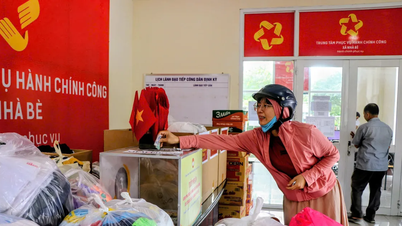

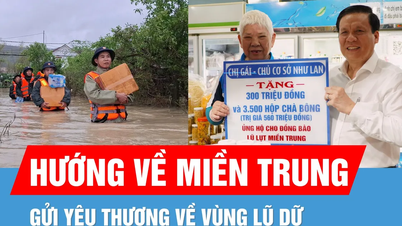




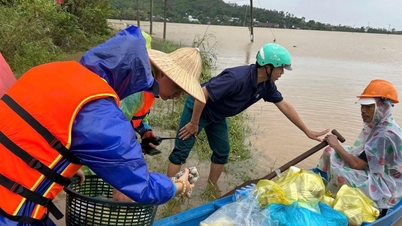

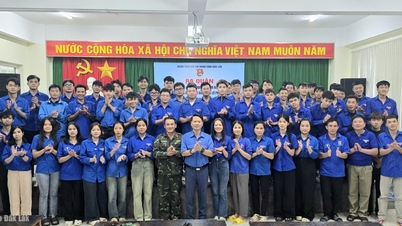
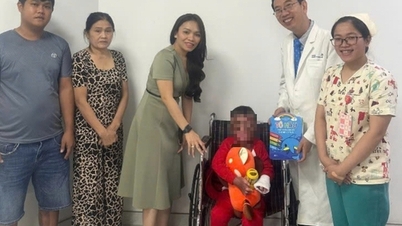


















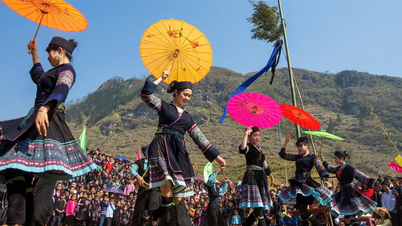







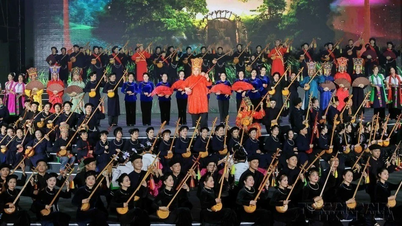
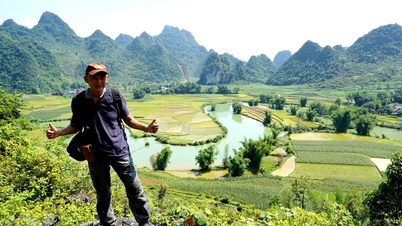

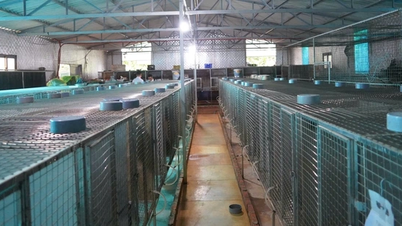



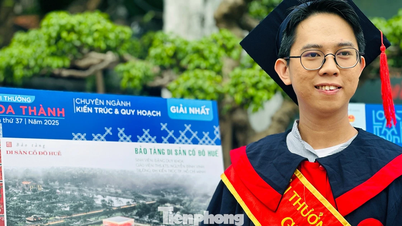


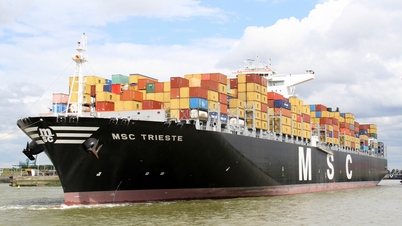


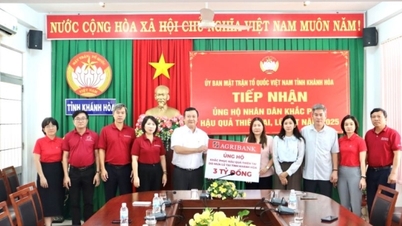











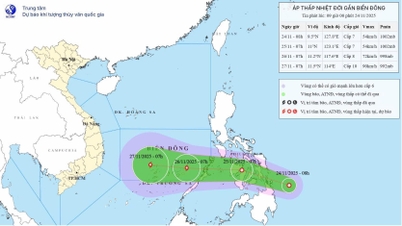












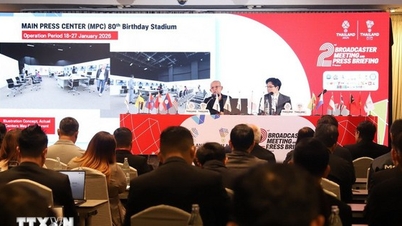
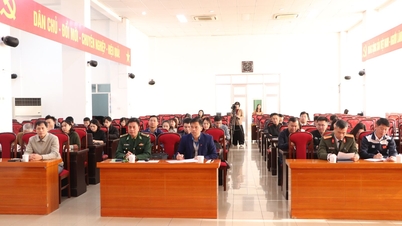
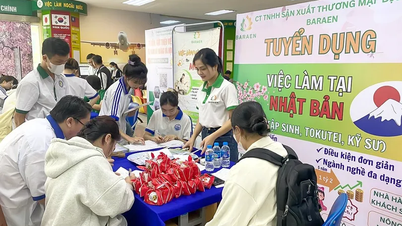

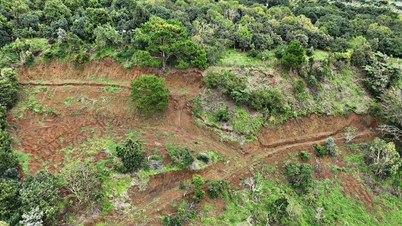



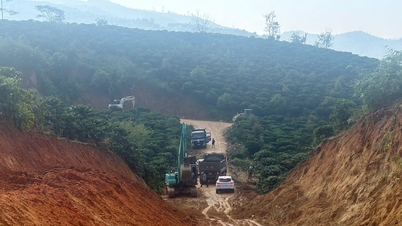
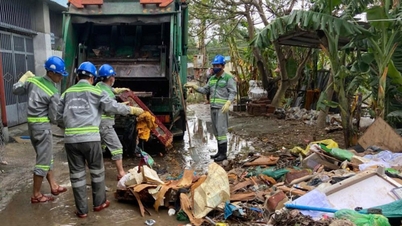















Comment (0)